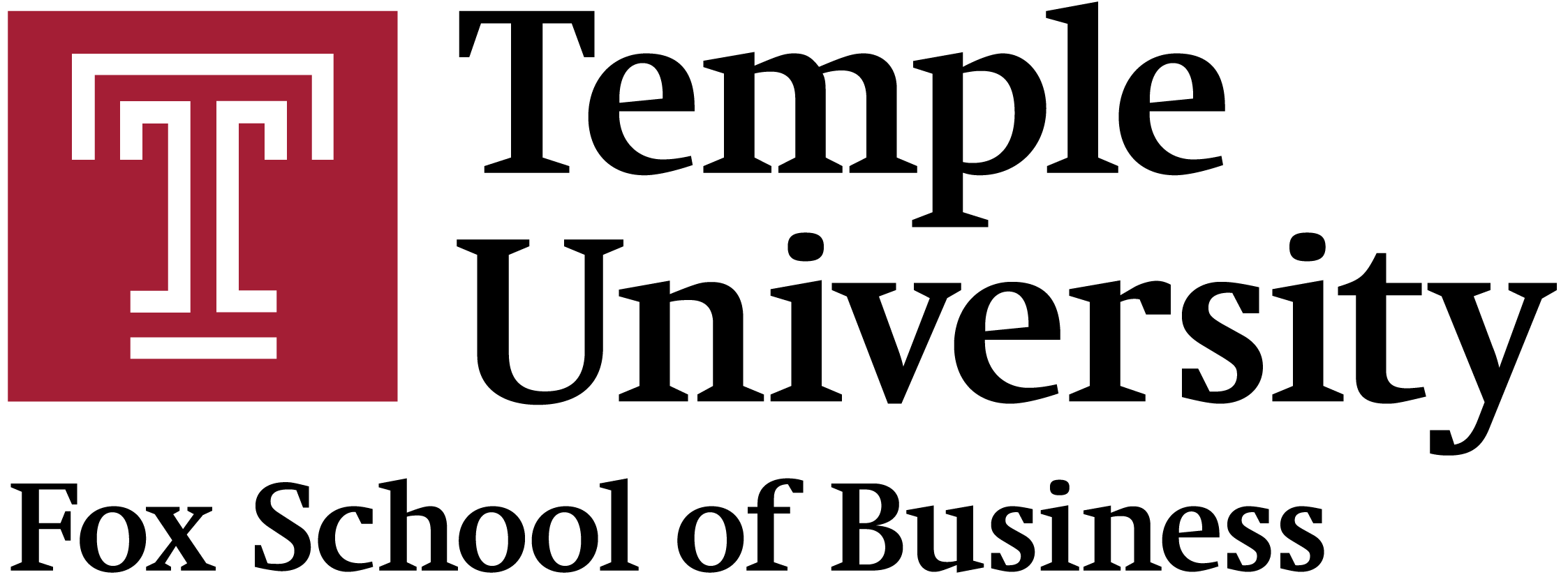Class Research
Combining Healthcare IoT and Data Analytics
The “Internet of Things” or IoT is a buzzword being used frequently today but not everyone understands what it means, or how it’s being used. Wikipedia defines IoT as “the network of physical devices, vehicles, home appliances, and other items embedded with electronics, software, sensors, actuators, and connectivity which enables these objects to connect and exchange data”. However, I prefer to explain it as: “the increasing process of giving non-internet enabled objects, sensors and send sensor data over a network, for decisions.” The IoT isn’t finished, so businesses are either selling internet-enabled products or using those products to access sensors data as it occurs.The core purpose is to access what the object is sensing at that moment from anywhere. Companies focusing on the former sell items and sensors, (i.e. smart fridges, soil condition sensors), solving customer desire for convenience and immediate access of knowledge. For instance, products is an Electronic bacteria sensor created by Purdue University1., and the Philips E-Alert2 which helps hospitals keep track of malfunctioning equipment.The later allows a business to make better decisions due to better knowledge and massively decreases the time gap between market changes, and manager adjustments. One business use of the IoT is remote patients monitoring, with several companies3 offering the ability to track patient health outside of the hospital or doctor’s office.
This growth of accessible health data is very pertinent to my current data analytics class. Currently, the class is learning about k-means clustering, and decision trees, which can both place a role in helping healthcare professionals proved better care for patients.
K-means cluster could help build types of patient profiles to give patients more customized treatment and reduce the length of hospital stays.
Decision trees with this knowledge could assist physicians in diagnosis, by giving statistical probabilities of an illness given habits, or determine what services are most used by patients.
Biotronik is already using this technology in their home monitoring tools to reduce the number of doctors visits a patient needs, and Nihon Koden’s Aware system can priorize health alarms based on the type of patient.
Sources:
1. https://www.sciencedaily.com/releases/2016/06/160614100347.htm
2. http://www.businessinsider.com/how-hospitals-are-using-iot-2016-10
3 & 4. https://mhealthintelligence.com/news/top-10-remote-patient-monitoring-solutions-for-hospitals

